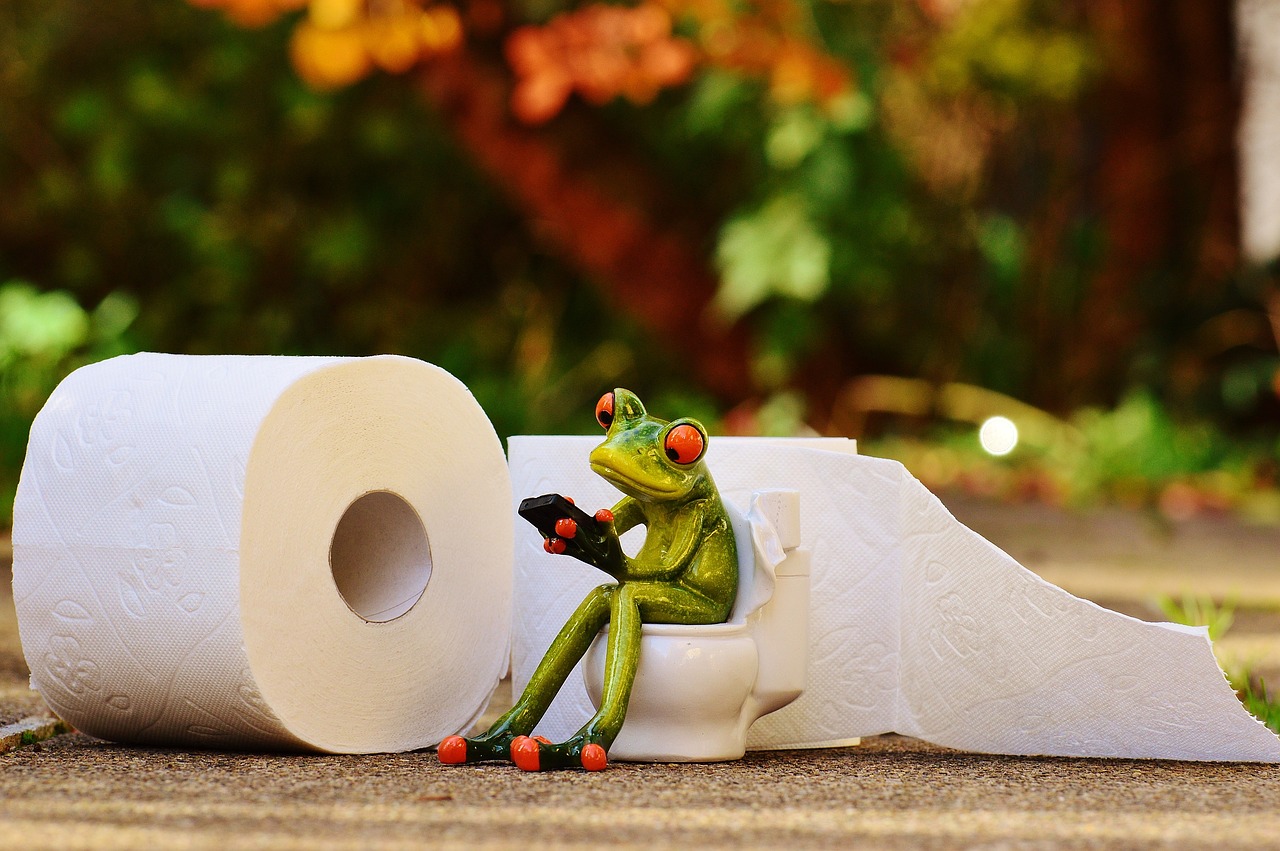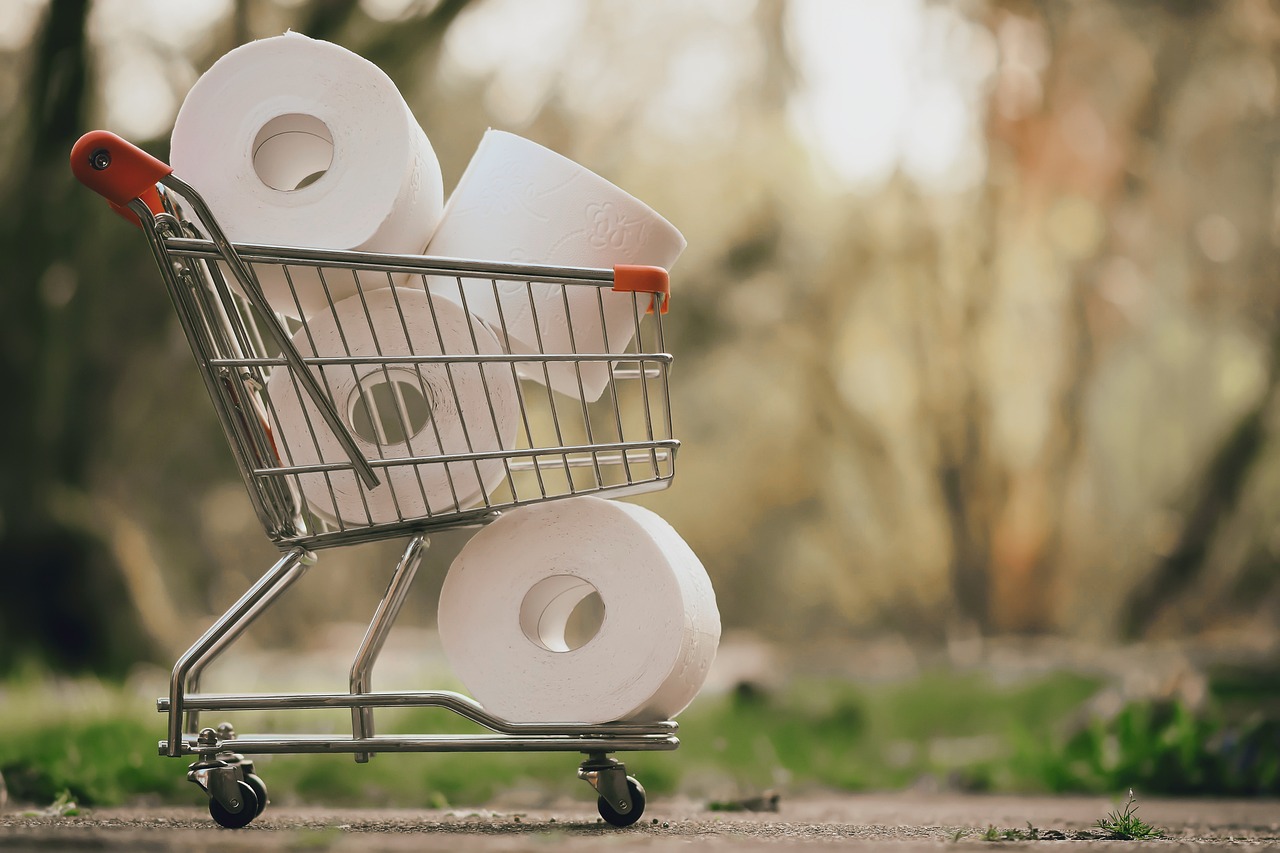Toilet paper, a seemingly insignificant home item, serves an important function in our everyday lives. This tissue paper product, which is always taken for granted, has an interesting history and a complex industry. Let’s look at the history of toilet paper, the many toilet paper brands and types, and solve a fascinating question: how much toilet paper does a person use each day?

The Evolution of Toilet Paper
The concept of toilet paper can be traced back to ancient China, where the first documented use dates back to the 6th century AD. However, it wasn’t until the late 19th century that modern toilet paper, as we know it, was developed. Joseph Gayetty is credited with inventing the first commercially available toilet paper in the United States in 1857. His product, marketed as “Gayetty’s Medicated Paper,” was sold in flat sheets and was infused with aloe.
Toilet paper originated in ancient China, with the oldest documented use dating back to the sixth century AD. However, the modern toilet paper, as we know was invented in the late nineteenth century. Joseph Gayetty is credited with creating the first commercially marketed toilet paper in the United States in 1857. His product, known as “Gayetty’s Medicated Paper,” was offered in flat sheets and impregnated with aloe.
Understanding its history not only sheds light on our evolving hygiene practices but also highlights the ongoing balance between consumer needs and environmental responsibility.
Types of Toilet Paper
Toilet paper comes in various forms, each designed to meet different consumers’ needs and preferences. The primary types are:
1. Standard Toilet Paper: This is the most common type, with single-ply, two-ply, and even three-ply varieties. The number of plies relates to the layers of paper, and more layers generally indicate greater softness and strength.
2. Recycled Toilet Paper: Made from recycled paper, this eco-friendly product is becoming popular among environmentally aware consumers. It is frequently comparable in quality to ordinary toilet paper, but has a lower environmental impact.
3. Bamboo Toilet Paper: This type of toilet paper is a sustainable option that is biodegradable and made from fast renewing bamboo plants. It is known for its strength and softness, making it an ideal choice for eco-friendly families.
4. Luxury Toilet Paper: High-end toilet paper brands provide ultra-soft and thick options, often with additional amenities like lotion or aroma. These high-end goods appeal to customers looking for a more luxurious bathroom experiences.
How Much Toilet Paper Does a Person Use?
Toilet paper is a necessity in our daily lives, but we rarely consider how much we use or the overall impact.

Average Consumption
According to numerous research and surveys, the average American uses around 57 sheets of toilet paper every day. This amount varies depending on personal habits, cultural practices, and access to alternative hygiene items. In the United States, where toilet paper usage is among the highest in the world, the average person uses approximately 23.6 rolls of toilet paper per year. This corresponds to approximately 384 trees being harvested each year to fulfill the toilet paper demands of the average American household.
Several factors determine how much toilet paper someone uses.
- Household size: Larger households often use more toilet paper overall. However, shared rolls may result in lower per capita usage.
- Personal habits: Individual preferences can differ greatly. Some folks use more sheets of wipes than others. The regularity with which people use the restroom has an additional impact on overall usage.
- Cultural habits: In some cultures, bidets are widely utilized for personal hygiene. This leads to less toilet paper consumption.
- Quality of Toilet Paper: The quality of the toilet paper is another important factor. Higher quality toilet paper, especially multi-ply varieties, often requires fewer sheets per use. This can potentially reduce overall consumption.
Environmental Impact
The environmental impact of toilet paper use is significant. Toilet paper production requires a lot of water and energy, as well as tree cutting. To offset this impact, people are increasingly turning to environmentally friendly alternatives such as recycled and bamboo toilet paper. These options help to reduce deforestation and the overall carbon footprint connected with toilet paper manufacture.
Conclusion
Toilet paper is an important product that has a big impact on our daily lives and the environment. Toilet paper has evolved from humble beginnings to modern developments, providing a wide choice of solutions to meet our needs. Understanding how much toilet paper we use and the factors that influence our usage can help us make more educated decisions.
